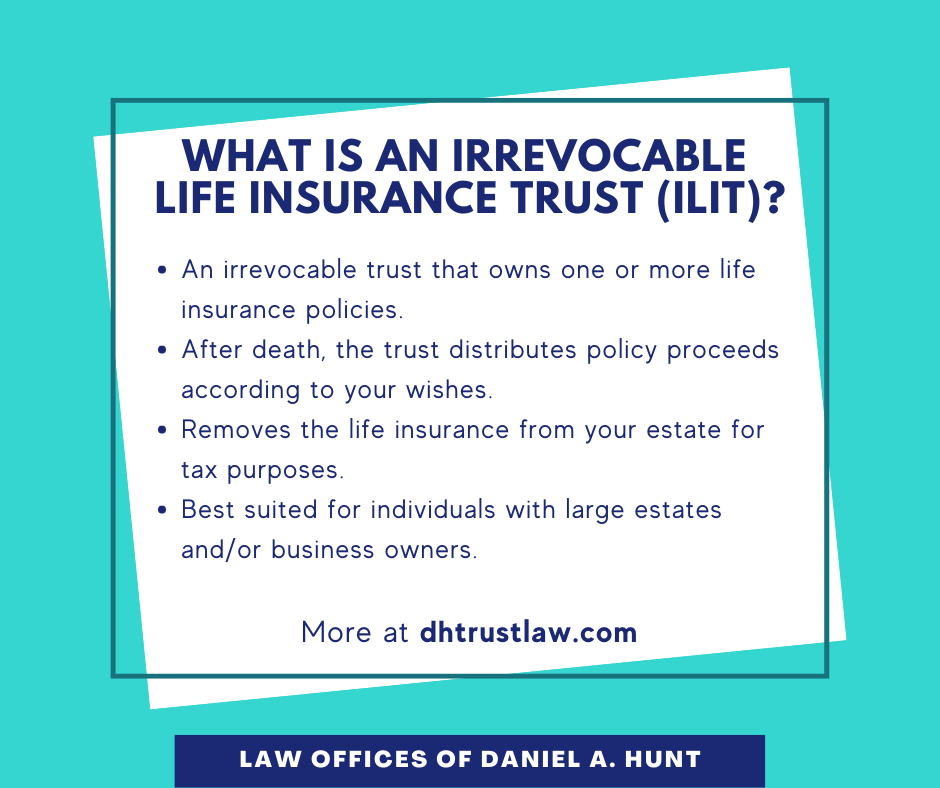The Ultimate Guide To Pacific Prime
Some Ideas on Pacific Prime You Should Know
Table of ContentsThe Single Strategy To Use For Pacific PrimeA Biased View of Pacific PrimeThe Best Strategy To Use For Pacific PrimeThe 9-Minute Rule for Pacific Prime
In many states, the insurer is needed to send you a copy of the modifications to your policy. It is essential that you review Recommendations or Cyclists so you understand how your plan has changed and if the policy is still adequate to meet your needs. To get a duplicate of your insurance coverage, please call your insurance coverage representative or firm.
The Institute of Medication (IOM) Board on the Effects of Uninsurance launches an extensive assessment of proof that addresses the relevance of wellness insurance policy protection with the magazine of this report. Insurance coverage Matters is the initial in a collection of six reports that will certainly be released over the following two years documenting the reality and effects of having actually an approximated 40 million people in the United States without wellness insurance protection.

An Unbiased View of Pacific Prime
The goal of this collection of researches is to refocus policy attention on a longstanding issue. Following the lengthiest economic growth in American background, in 1999, an estimated one out of every six Americans32 million adults under the age of 65 and even more than 10 million childrenremains uninsured (Mills, 2000).

Ten percent of the populace accounts for 70 percent of health care expenses, a correlation that has stayed consistent over the previous 3 years (Berk and Monheit, 2001) - maternity insurance for expats. Thus medical insurance remains to serve the function of spreading threat also as it progressively funds regular treatment. From the point of view of health care companies, insurance brought by their individuals aids safeguard a revenue stream, and areas gain from economically sensible and secure healthcare professionals and organizations
Federal government gives health and wellness insurance policy to populaces whom the private market might not offer successfully, such as impaired and senior citizens, and populations whose accessibility to healthcare is socially valued, such as youngsters and expectant ladies. The utmost ends of medical insurance protection for the individual and neighborhoods, including office neighborhoods of employees and employers, are boosted wellness outcomes and top quality of life.
10 Easy Facts About Pacific Prime Described
Workers rank wellness insurance coverage first by much in significance among all the benefits used in the workplace (Salisbury, 2001). Although there have actually been sizable financial investments of personal and public funds to supply medical insurance, lots of people still have no insurance coverage. In spite of extensive coverage of study findings and healthcare research results, the general public stays overwhelmed and mistaken about Americans without health and wellness insurance policy and the implications of doing not have insurance coverage.

Without inquiry, the complexity of American healthcare funding devices and the riches of sources of details contribute to the public's complication and suspicion about health insurance policy statistics and their interpretation. This report and those that will certainly adhere to purpose to distill and present in conveniently reasonable terms the considerable research that births on questions of medical insurance coverage and its relevance.
Fifty-seven percent of Americans polled in 1999 believed that those without medical insurance are "able to obtain the treatment they need from medical professionals and health centers" (Blendon et al., 1999, p. 207). In 1993, when national attention was focused on the issues of the uninsured and on pending wellness treatment regulations, just 43 percent of those questioned held this idea (Blendon et al., 1999).

They also get fewer preventive solutions and are less most likely to have routine pop over here look after chronic conditions such as hypertension and diabetes. Chronic diseases can lead to pricey and disabling difficulties if they are not well taken care of (Lurie et al., 1984; Lurie et al., 1986; Ayanian et al., 2000). One nationwide survey asked even more than 3,400 grownups regarding 15 highly significant or somber problems.
Unknown Facts About Pacific Prime
Added evidence is offered later in this phase in the discussion of insurance and accessibility to healthcare. https://iridescent-horse-hspdzg.mystrikingly.com/blog/welcome-to-pacific-prime. People without medical insurance are young and healthy and choose to do without coverage. Almost fifty percent (43 percent) of those checked in 2000 thought that people without health insurance policy are more probable to have health and wellness issues than individuals with insurance coverage
Citizens and policy makers in emphasis group discussions characterize those without insurance policy as youths that have the opportunity to be covered and feel they do not require it (Porter Novelli, 2001). Contrasted to those with at the very least some personal coverage, the uninsured are much less likely to report remaining in outstanding or really good wellness (Company for Healthcare Research Study and Top Quality, 2001).
SOURCE: Center for Expense and Funding Studies, Agency for Healthcare Research Study and High quality, based upon MEPS data. Youthful grownups in between 19 and 34 are even more likely to lack medical insurance than any type of various other age group. This is mainly since they are much less commonly qualified for employment-based insurance due to the nature of their job or their short tenure in it.
The assumption that individuals without insurance policy have better-than-average health complies with from confusing the relatively young age profile of the uninsured with the far better health, typically, of younger persons. This obscures the web link between health and wellness standing and medical insurance. For those without accessibility to work environment medical insurance, inadequate wellness is a possible barrier to purchasing nongroup coverage because such coverage may be highly valued, omit pre-existing problems, or be just not available.